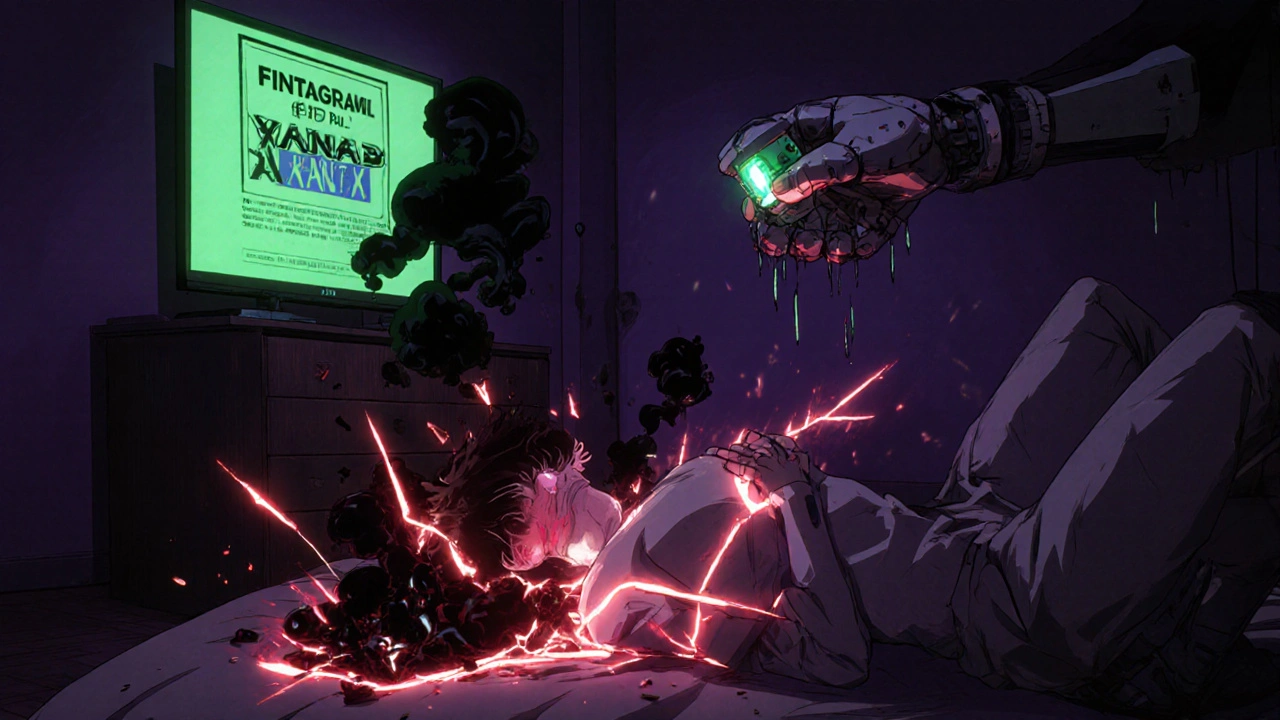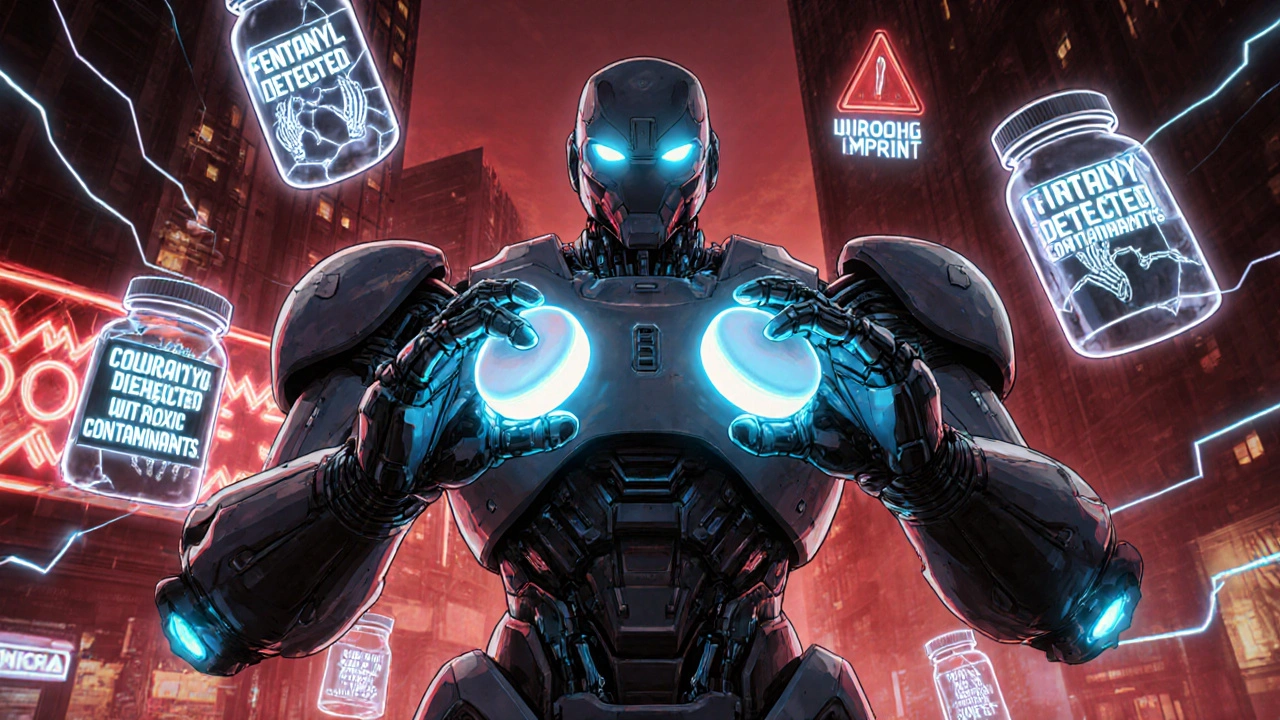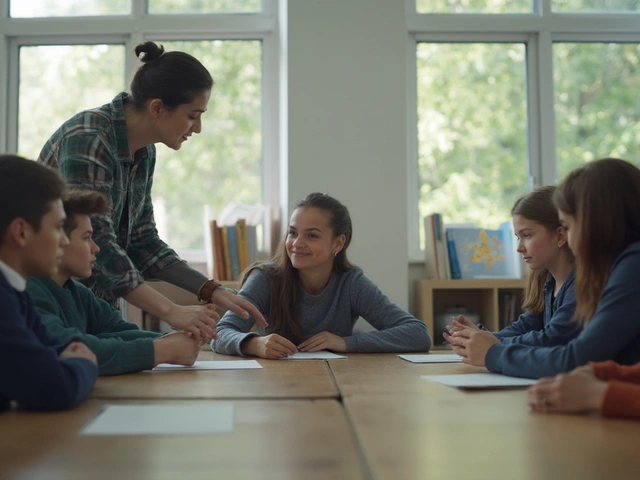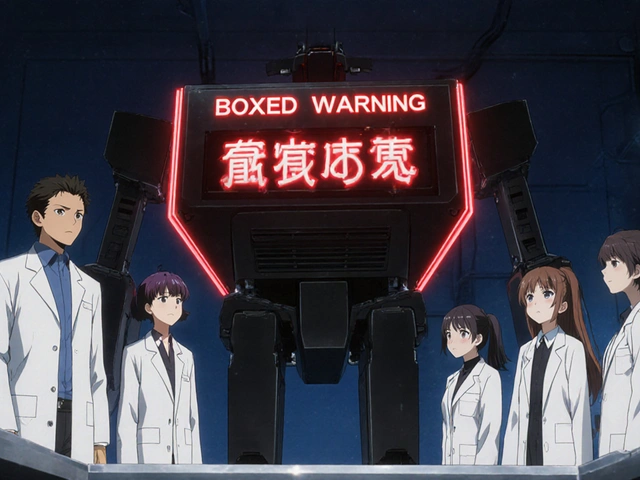What if the pill you swallowed to treat your high blood pressure, anxiety, or pain wasn’t what it claimed to be? It looks right. The packaging matches. The pill has the same imprint. But inside? It could be chalk, rat poison, or a lethal dose of fentanyl. This isn’t science fiction. It’s happening right now - in your neighborhood, in your medicine cabinet, and online where no one’s watching.
It’s Not Just About the Pill - It’s About What’s Inside
Counterfeit medications aren’t just poor-quality copies. They’re dangerous fakes, made to look real so they can kill. The World Health Organization defines them as products deliberately mislabeled about their identity or source. Unlike medicines that fail due to bad storage or manufacturing errors, these are frauds - created for profit, with zero regard for your life. In Australia, the Therapeutic Goods Administration (TGA) says counterfeit drugs make up less than 1% of the legal supply. That sounds low - until you realize that in some countries, it’s over 30%. And online? The DEA says 96% of websites selling prescription drugs are illegal. Most of them sell fake pills. The real danger? You won’t know until it’s too late.Physical Signs: The Clues in the Packaging and the Pill
Before you even take a pill, check it. Look closer than you ever have before. Authentic medicines are made with precision. Every tablet has the same size, weight, color, and embossing. The packaging is flawless. Counterfeiters cut corners. Here’s what to spot:- Spelling mistakes - On the box, label, or leaflet. Pfizer found 78% of fake pills they tested had at least one misspelled word. "Lisinopril" becomes "Lisinopiril." "Advil" becomes "Advil."
- Wrong colors - Your 10mg Lisinopril is supposed to be white and round. Now it’s pale yellow and oval. That’s not a batch change - it’s a fake.
- Missing or broken seals - The blister pack should be sealed tight. If the foil is loose, torn, or resealed with tape, walk away.
- Expiry dates that look altered - Smudged ink, different fonts, or dates that don’t match the batch number? Red flag.
- Wrong size or shape - A pill that’s 2mm bigger or smaller than usual? That’s outside the ±5% tolerance allowed for real pharmaceuticals.
- No holograms, QR codes, or security threads - Pfizer now uses nanotech threads in Viagra packaging. Merck embeds microscopic DNA in Zetia. If your bottle doesn’t have these, ask why.
What Happens When You Take It? The Body’s Warning Signs
If you’ve already taken the pill, pay attention to your body. These aren’t normal side effects. These are red alarms.1. The Medicine Just Doesn’t Work
Eli Lilly found that 89% of counterfeit drug complaints were about complete treatment failure. You take your insulin and your blood sugar spikes. You take your seizure med and you have a convulsion. You take your asthma inhaler and you’re still gasping. That’s not your condition worsening. That’s the pill being empty.2. New, Strange, or Severe Side Effects
You’ve taken this drug for years. You’ve never had dizziness, nausea, or rapid heartbeat. Now, suddenly, you feel like you’re going to pass out? That’s not the drug. That’s what’s in the drug. The FDA reports 74% of confirmed counterfeit cases involve new or unusual side effects. Why? Because fake pills contain random, unregulated chemicals:- Fentanyl - Found in 26% of seized counterfeit pain pills. A dose as small as 2 milligrams can kill. Symptoms: pinpoint pupils, slow breathing, unconsciousness. You think you’re taking oxycodone. You’re actually getting a lethal opioid.
- Methamphetamine - Hidden in fake Adderall. Symptoms: extreme wakefulness, heart rate over 120 BPM, blood pressure above 180/110, body temperature over 40°C. You think you’re getting focus. You’re getting a heart attack.
- Toxic contaminants - Heavy metals, industrial dyes, rat poison. Found in fake antimalarials and antibiotics. Symptoms: vomiting, abdominal pain, kidney or liver damage.
3. Withdrawal Symptoms (Even If You Didn’t Stop Taking It)
A Reddit thread in early 2023 documented 27 cases where people taking counterfeit Adderall suddenly went into opioid withdrawal. Why? Because the fake pills contained buprenorphine - an opioid used to treat addiction. When the body gets used to it and then stops, withdrawal hits hard: anxiety, sweating, muscle aches, nausea. You didn’t quit. You didn’t change your dose. The pill changed.
Where Are These Pills Coming From?
It’s not just shady websites. Counterfeiters are now targeting legitimate supply chains. A wholesaler in the UK once sold 15,000 packs of fake cancer drugs before being caught. That’s 15,000 people who could’ve died. Online pharmacies are the biggest source. You see an ad on Instagram: "Get your Xanax for $1 a pill - no prescription needed!" You click. You pay. You get a pill that could kill you. Even pharmacies can be compromised. In 2023, the FDA issued a warning about counterfeit Muro 128 eye drops. Seventeen patients went blind or nearly blind after using them. The packaging looked perfect. The label was correct. Only lab tests proved they were fake.What to Do If You Suspect a Fake
Don’t wait. Don’t hope it’s a one-off. Act.- Stop taking it. Immediately.
- Save the pill and packaging. Don’t throw it away. Take a photo. Keep it in a sealed bag.
- Call your pharmacist. They can check the lot number against manufacturer databases. Eli Lilly, Pfizer, and others have public verification tools on their websites.
- Contact the TGA. In Australia, report it through their website. Your report helps track fake batches before they hurt someone else.
- Call your doctor. Even if you feel fine. Some toxins take days to show up. Blood tests can detect contaminants.

How to Protect Yourself
The best defense? Avoid the risk altogether.- Never buy medicine online unless it’s from a verified pharmacy. Look for the VIPPS seal (Verified Internet Pharmacy Practice Sites) or the Australian Pharmacy Council logo.
- Only fill prescriptions at licensed pharmacies. Even if the price is higher, it’s safer.
- Compare each refill. Is the pill the same color? Same shape? Same taste? If not, ask why.
- Know your drug. Look up your medication on the TGA’s website. See what it’s supposed to look like.
- Teach your family. Teens are the biggest targets for fake pills sold as Adderall or Xanax. Talk to them. Show them what to look for.
There’s No Substitute for Lab Testing
You can spot a fake by eye. You can guess by symptoms. But only a lab can confirm. Pfizer’s Amy Callanan says: "It really takes laboratory testing to confirm 100% if a medication is authentic or counterfeit." That’s why reporting suspected counterfeits matters. Every pill you hand over to the TGA or FDA helps build a database. Every report helps shut down a factory. Every time you speak up, you save a life.Final Warning: This Isn’t a Rare Problem
The WHO predicts counterfeit drugs will grow by 25% every year through 2025. Criminal networks are getting smarter. The pills look better. The websites look real. The prices look tempting. But the risk? It’s not worth it. Your life isn’t a gamble. Your medicine shouldn’t be either.Can counterfeit pills look exactly like real ones?
Yes. Some counterfeit pills are so well-made that even pharmacists can’t tell the difference by sight alone. They may have the correct color, imprint, size, and packaging. Only lab tests - like mass spectrometry - can confirm authenticity. That’s why it’s critical to buy from trusted sources and report anything that seems off.
What should I do if I think I’ve taken a fake pill?
Stop taking the medication immediately. Save the pill and packaging. Contact your pharmacist or doctor right away. If you’re experiencing symptoms like difficulty breathing, chest pain, confusion, or extreme drowsiness, call emergency services. Even if you feel fine, get checked - some toxins take hours or days to show effects.
Are fake pills only sold online?
Most are - especially those sold on social media, apps, or unverified websites. But counterfeit drugs can also enter the legal supply chain through compromised wholesalers or stolen shipments. That’s why it’s important to check your pills each time you refill, even if you get them from a local pharmacy.
Can I test a pill at home to see if it’s real?
No reliable home test exists. Drug testing strips sold online for opioids won’t catch all contaminants - they only detect fentanyl, not heavy metals, pesticides, or other toxins. The only accurate way is through a certified lab. If you suspect a fake, report it to authorities instead of trying to test it yourself.
Why do people buy counterfeit meds?
The main reasons are cost and access. Some people can’t afford real prescriptions. Others can’t get a doctor’s appointment. Some think they’re buying legal stimulants or anxiety meds to cope with stress. But they’re being targeted by criminals who exploit desperation. The risk of death far outweighs any short-term benefit.
How common are counterfeit meds in Australia?
Legally distributed counterfeit drugs are rare - under 1% of the market. But the threat is growing, especially through online purchases. The TGA intercepts hundreds of illegal shipments each year. Most come from overseas and are sold through unregulated websites. The real danger is not in pharmacies - it’s in your browser.






Post A Comment